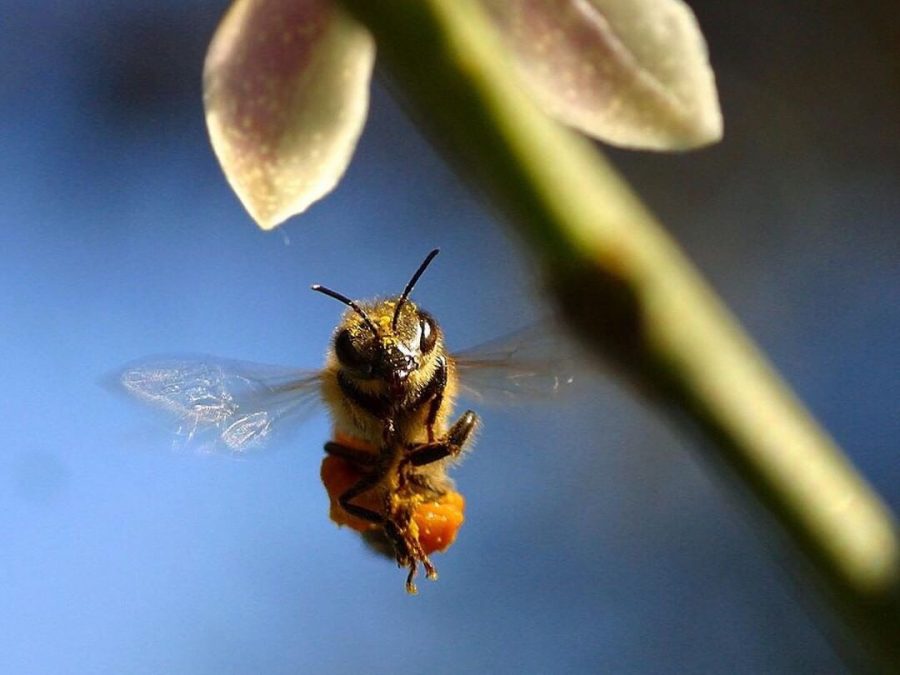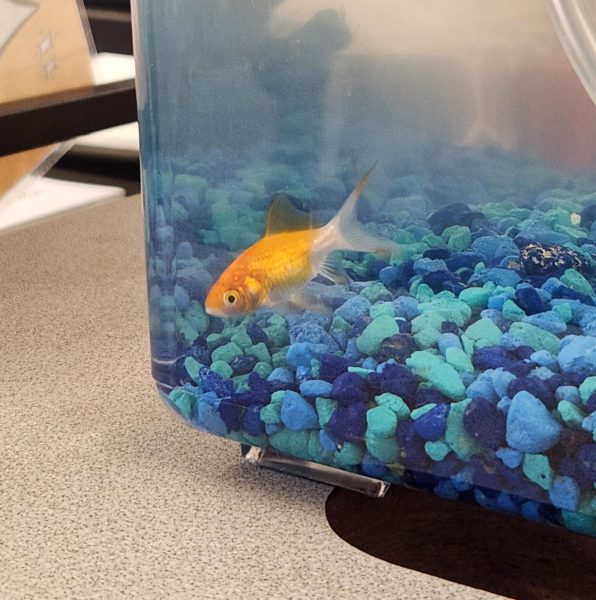Colony Collapse Disorder
In a healthy honey bee hive, a loss of 15 to 20 percent is normal during the winter months. But now it is reported that at least a third of honey bees are lost every winter. And in 2015 beekeepers reported losing more honey bees during the summer to CCD(colony collapse disorder) than to health problems in the winter. At the current rate of 44% percent lost to CCD honey bees will be completely extinct by 2035.Complications with the honey bee population in California led to a spike in fruit, nut and vegetable prices. It also raised the average cost of pollinator Hives from $51.99 per hive to an Average of $200 per hive.
Colony collapse disorder in honey bees is a strange phenomenon verging on an epidemic. Colony collapse disorder is when nearly every worker bee leaves their hive. Abandoning the queen and her young with plenty of food and water but no one to tend them. There is usually no dead bees left as well. And even though the reported number of CCD cases has been decreasing in recent years it is still a major issue one that threatens the health of the world and its economy.
Honey bees are the primary pollinators for 70 out of 100 species of crops that are responsible for feeding 90% of the world’s population. And if bees disappear we will lose plants that require them to sustain their population, and if that’s the case then the animals dependent on those plants would die. It would seriously hurt ecological pyramids across the world, which affects us.
No one thing has been scientifically proven to cause CCD. A study done by the USDA found over 61 possibly causes and stressors of the disorder. The European Food Safety Authority announced in 2013 that it found that three nicotine-based pesticides weakened the immune systems of bees. And that the bees could even become addicted to these pesticides. And in 2018 a researcher at the University of Texas found that honey bees exposed to roundup and its main ingredient glyphosate lost beneficial bacteria in their stomachs. The bees pick up the pesticides in dust and in the pollen and nectar of the plants. All of these factors increase the likelihood of infection and parasites.

My name’s Gage Landauer I am a senior at Yamhill Carlton high school. Interested in journalism because of the freedom it gives me to express myself....





